NASA shares a fantastic image of Jupiter's Ganymede Moon
NASA's Image of the Day is a mesmerizing snapshot of one of Jupiter's moons called Ganymede.
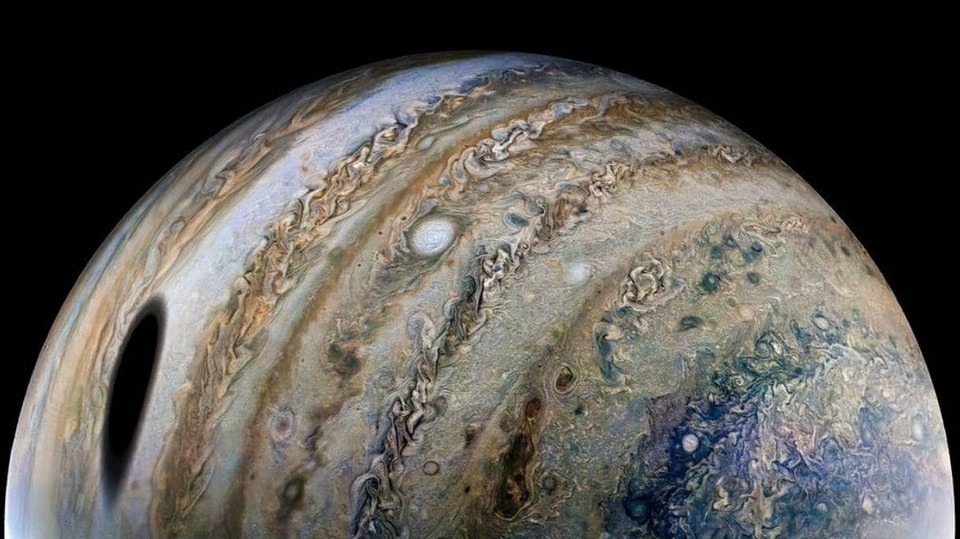
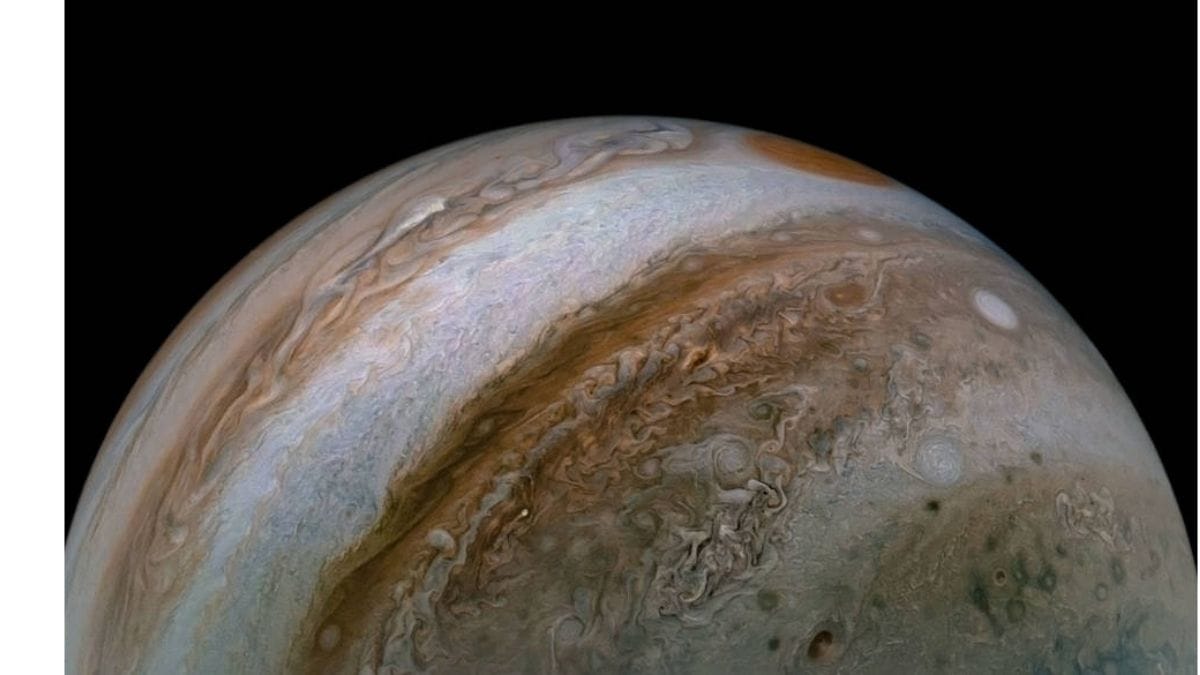
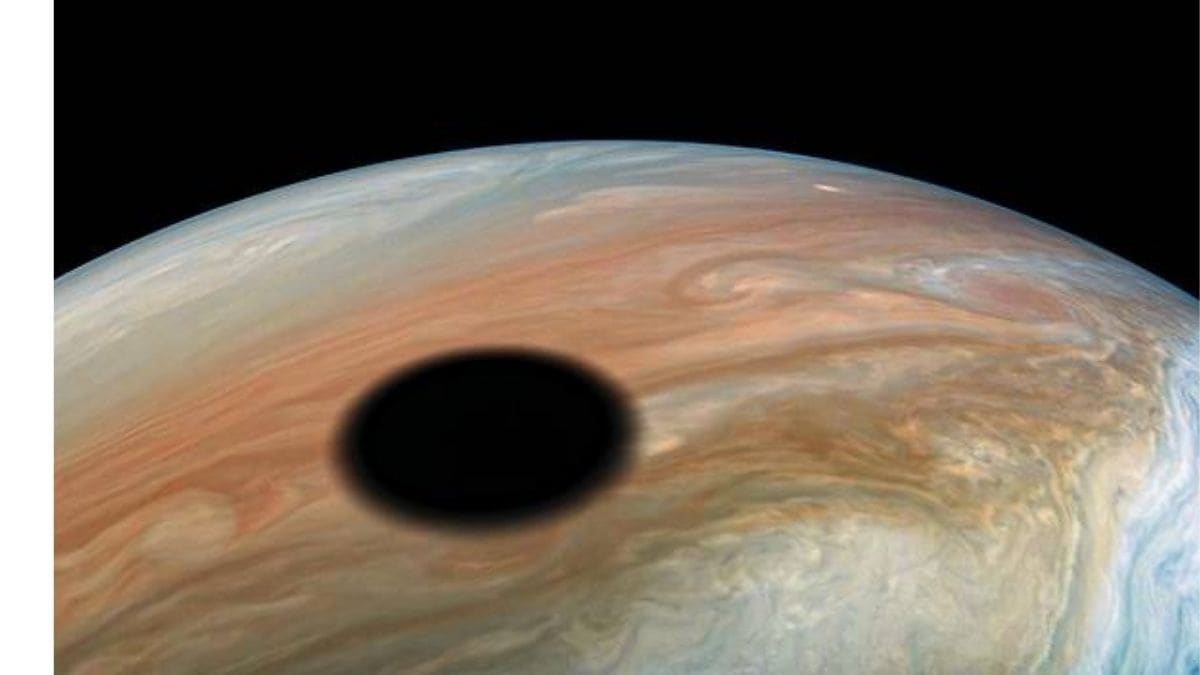
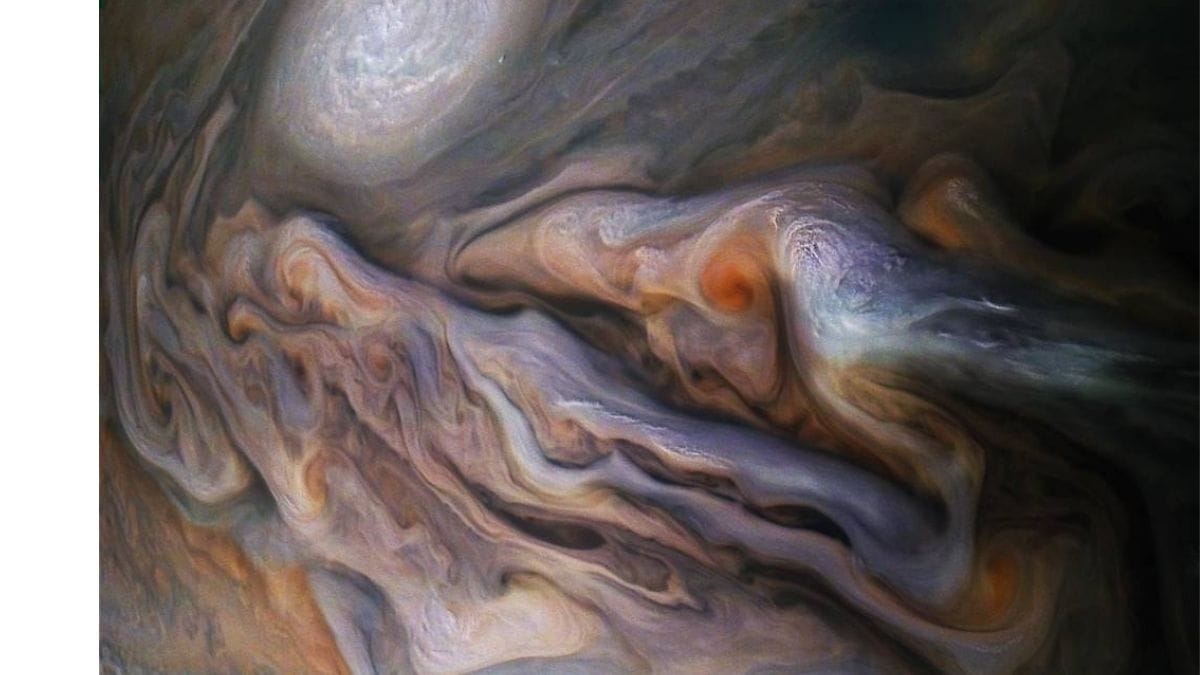

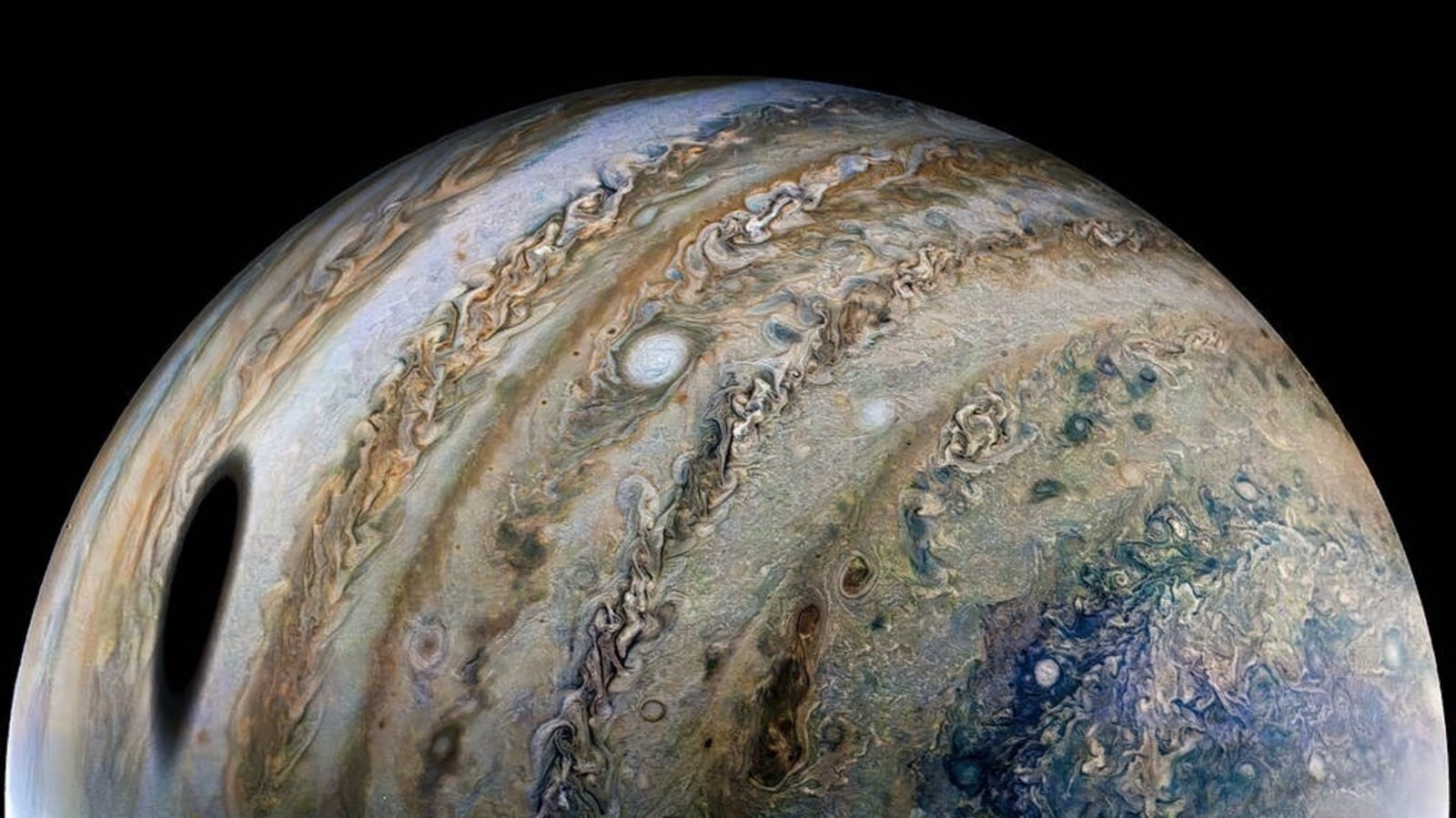
 View all Images
View all ImagesNASA's Juno Mission flew by Jupiter for the 40th time on February 25 and captured images of the planet and one of its largest moons, Ganymede. The images were then sent to Earth where scientists recreated the images based on the JunoCam instrument. NASA releases its image of the day on a daily basis. Today's image is a mesmerizing snapshot Jupiter's Ganymede moon.
NASA posted an explanation with the image, “During its 40th close pass by Jupiter, our Juno spacecraft saw Ganymede cast a large, dark spot on the planet on Feb. 25, 2022. JunoCam captured this image from very close to Jupiter, making Ganymede's shadow appear especially large. At the time the raw image was taken, the Juno spacecraft was about 44,000 miles (71,000 kilometers) above Jupiter's cloud tops and 15 times closer to the planet than Ganymede.”
These raw images were then recreated by scientist Thomas Thomopoulos, based on the images by the JunoCam instrument. Juno was flying at roughly 71,000 kilometers above Jupiter clouds when it captured the stunning images. Jupiter is a heavily radiated planet which affects the images captured as well as the spacecraft itself.
“An observer at Jupiter's cloud tops within the oval shadow would experience a total eclipse of the Sun. Total eclipses are more common on Jupiter than Earth for several reasons: Jupiter has four major moons (Ganymede, Io, Callisto, and Europa) that often pass between Jupiter and the Sun, and since Jupiter's moons orbit in a plane close to Jupiter's orbital plane, the moon shadows are often cast upon the planet,” NASA further explained beneath the post.
What is NASA's Juno Mission?
NASA's Juno Mission is a long-term mission to understand the weather and the dynamics of the largest planet in our solar system, Jupiter, which will allow further understanding of the behaviour of different exoplanets in different solar systems. The Juno probe entered Jupiter's atmosphere in 2016 and has been orbiting the planet ever since, making exciting discoveries about the planet.
NASA has warned that the Juno spacecraft is in good condition at present, despite its extended mission, but will have a limited lifespan due to having absorbed heavy amounts of radiation from Jupiter.
Catch all the Latest Tech News, Mobile News, Laptop News, Gaming news, Wearables News , How To News, also keep up with us on Whatsapp channel,Twitter, Facebook, Google News, and Instagram. For our latest videos, subscribe to our YouTube channel.




























